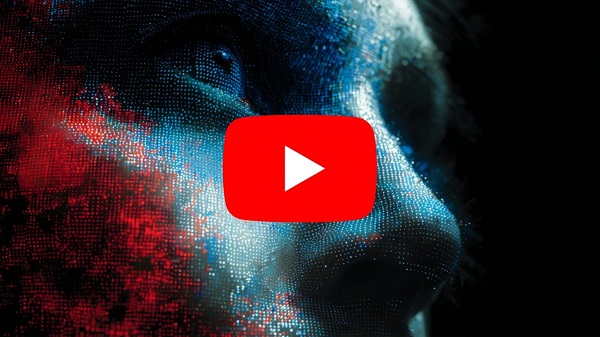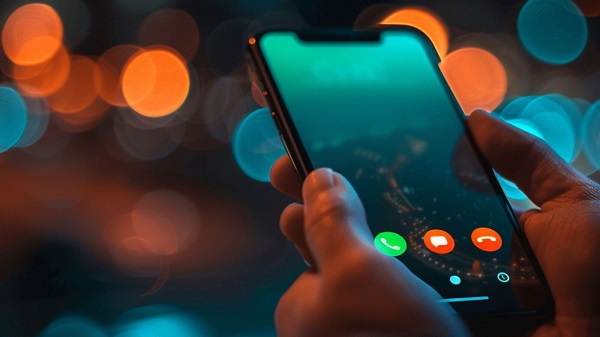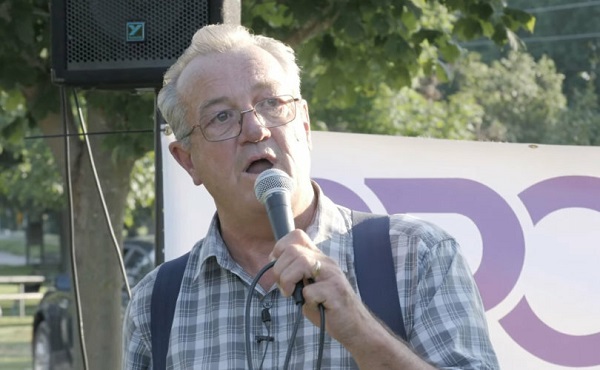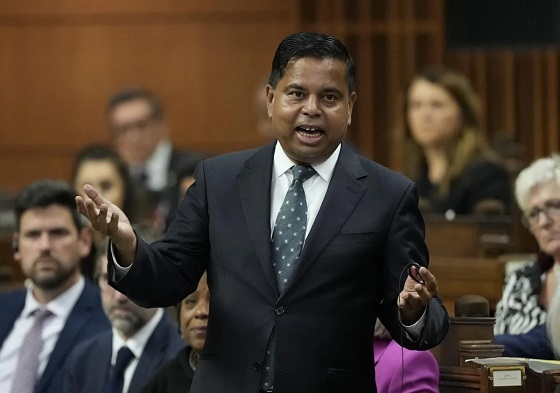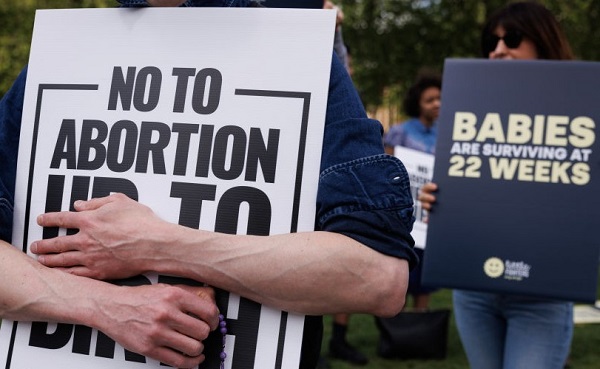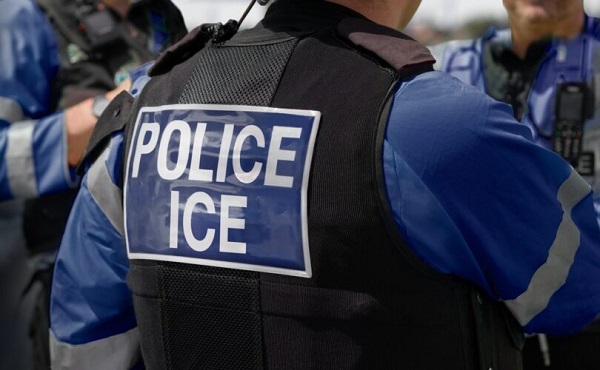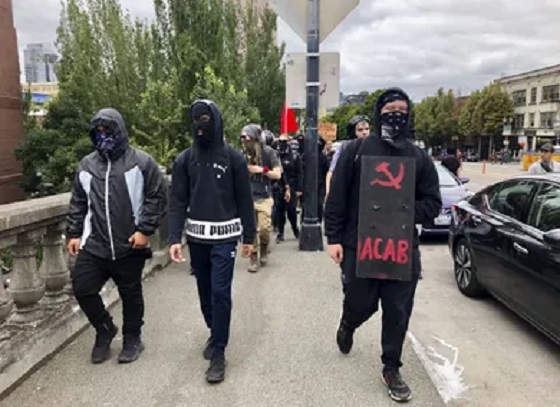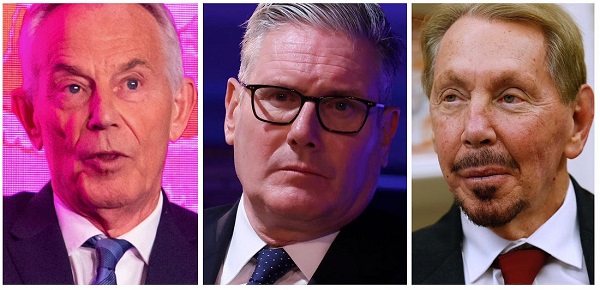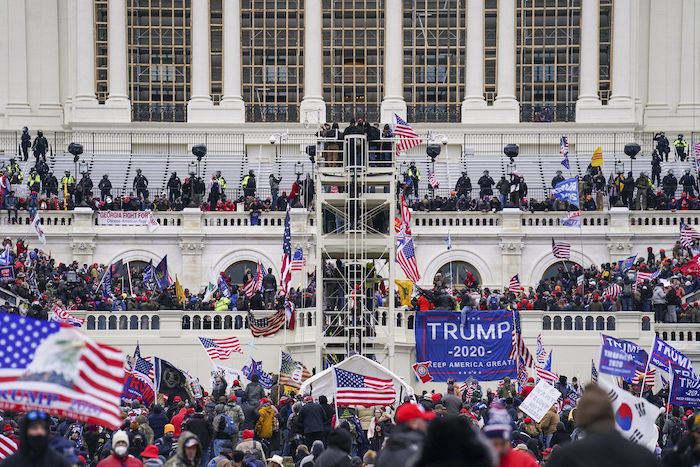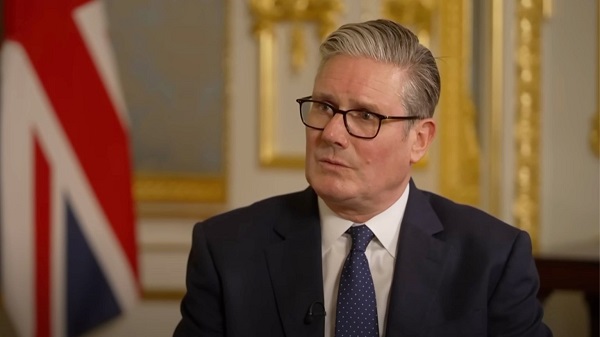Australia is preparing to prohibit children under 16 from holding social media accounts by the end of the year, and YouTube will now be included among the platforms required to comply. This will require the roll out of digital ID checks.
More: The Digital ID and Online Age Verification Agenda
At the same time, in the United States, YouTube has begun deploying artificial intelligence tools that estimate users’ ages in an effort to impose teen-specific protections automatically, regardless of the birthdate users provide when signing up.
This new system, based on machine learning, examines a range of user signals such as viewing history and account behavior to infer age. If a user is likely to be a teenager, YouTube will adjust their experience by turning off personalized advertising, activating screen time reminders, and limiting the repeated viewing of videos that may contribute to negative body image or social hostility.
These safety features already exist for users who have confirmed they are under 18. The current change allows YouTube to enforce them even for those who have not disclosed their actual age.
In cases where someone over 18 is misidentified, they will have the option to verify their age by submitting a government ID, credit card, or selfie. Only users who are confirmed adults or inferred to be over 18 will be permitted to view age-restricted material.
The technology will roll out to a small group of US users over the coming weeks, with broader deployment expected after performance reviews. YouTube announced its plans for age-estimation features in February as part of its 2025 roadmap. This follows earlier youth safety initiatives, including the YouTube Kids app and, more recently, supervised accounts.
Although YouTube has not revealed all the data points used by its system, the company has stated that it will evaluate things like account longevity and platform activity. The age-estimation process will apply only to users who are signed in. Those browsing the site without logging in are already blocked from viewing certain content. The new protections will apply across all platforms, including desktop, mobile, and smart TVs.
Back in Australia, YouTube’s status has shifted significantly. After initially being granted an exemption from the national under-16 social media ban, the platform is now being brought under the same new rules as TikTok, Instagram, Snapchat, and others. The reversal follows advice from the pro-censorship eSafety commissioner, who raised concerns about YouTube.
“The Albanese government is giving kids a reprieve from the persuasive and pervasive pull of social media while giving parents peace of mind,” said Communications Minister Anika Wells. “There’s a place for social media, but there’s not a place for predatory algorithms targeting children.”
The more curated YouTube Kids app will remain unaffected by the restrictions, but the main platform will be included in the ban beginning December 10.
